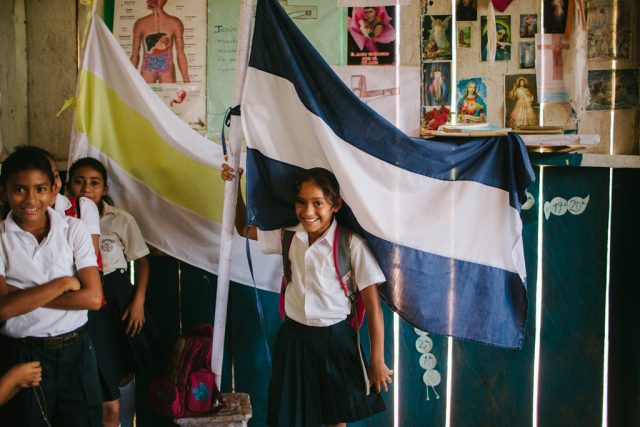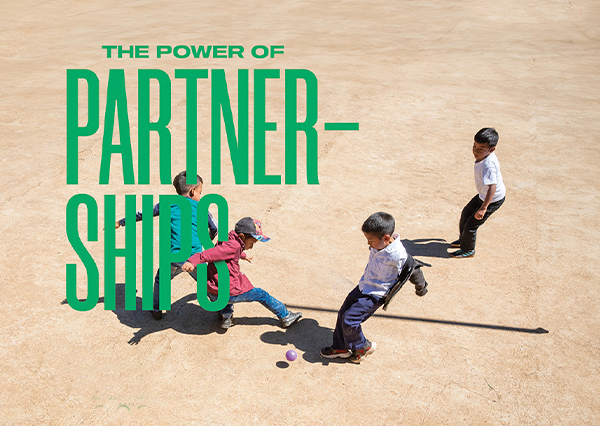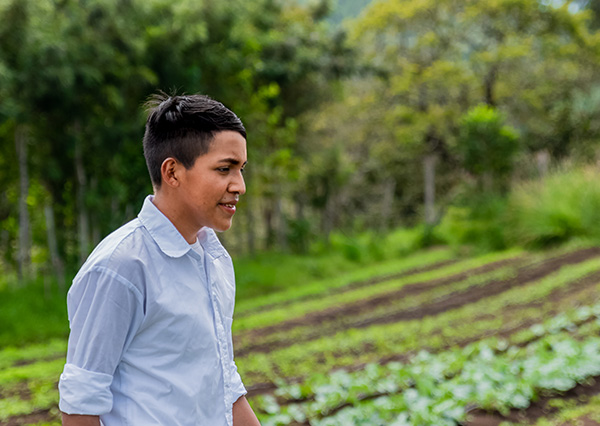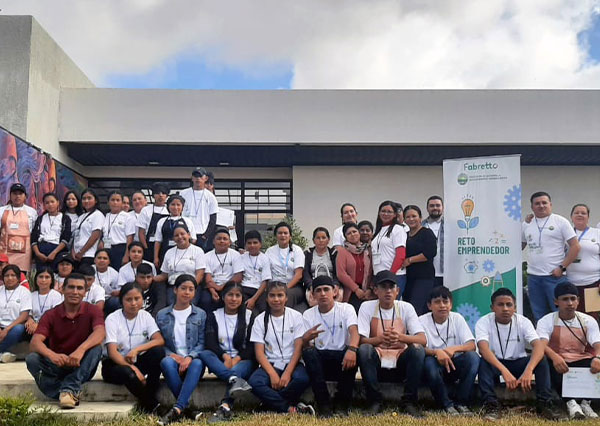9-20-19 | Press
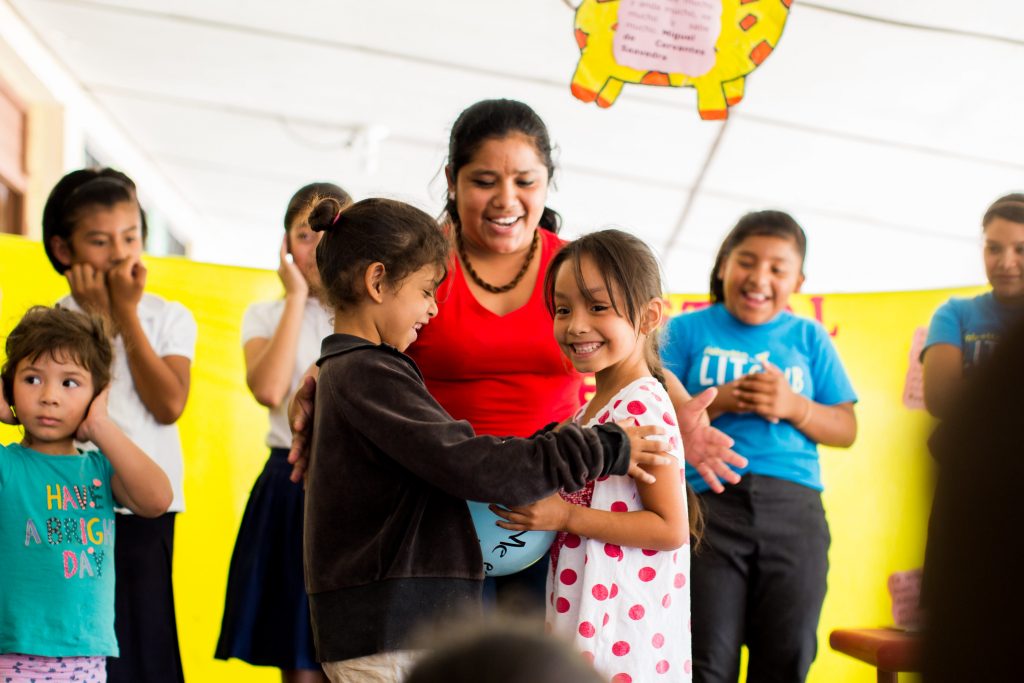
According to a World Bank report, by 2030 more than half of the world’s poor may be living in countries affected by high levels of violence. Since 2010, the number of conflicts and battle-related deaths has increased alongside the number of non-state armed groups. However, at Fabretto we believe that universal peace is possible through a quality early education that fosters the development of social and emotional skills needed for a future in harmonious coexistence. Therefore, teachers must strive to become agents of change, promoting a culture of peace at school to break the cycle of violence in countries such as Nicaragua, where conflicts and other chronic crises are part of the generational heritage.
Certainly, children have a lifetime to learn, but the first years of life can determine their personality and future behavior. In fact, neuroscience studies reveal human interactions during childhood directly influence the development of the child’s brain. To achieve peace, one must first learn to live in peace, therefore we must work together to educate children about peacebuilding at all levels of human interaction.
Here are 5 ways teachers can create a culture of peace:
1. Promote Social and Emotional Learning (SEL)
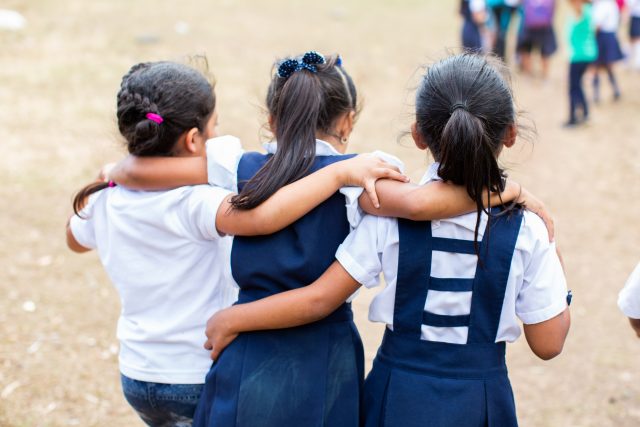
To create a culture of peace, teachers must integrate SEL into the educational curriculum, a process through which students learn to interact more peacefully with others and be more aware of their feelings. Through self-evaluation, the child is able to show greater compassion and empathy for the suffering of others (regardless of their background), control impulsive behaviors, solve problems effectively, and make responsible decisions. According to a recent study from Penn and Duke, students with strong socio-emotional skills are twice as likely to earn a college degree, as well as almost 50% more likely to graduate from high school and have a full-time job by the age of 25. Socially and emotionally competent students have more friends, feel more connected to school, have better academic performance, and are less likely to bully and act violently.
2. Promote literacy

Historically, literacy has played a fundamental role in projects of peace around the world, contributing to resolve and reconcile war-affected parties. Reading and writing can have a positive impact on conflict resolution, human rights, and the strengthening of democratic processes. In countries like Nicaragua, currently affected by a sociopolitical crisis, the construction of peace can be transmitted to the younger and more vulnerable generation through literacy. Literacy can relieve children from their struggles and help strengthen intercultural awareness and understanding. To promote children’s literacy is to empower them to take control of their present and their future. According to UNESCO, there are 750 million illiterate people in the world who won’t be able to read this post, making it more difficult for them to understand the reality faced by countries in conflict and contribute to peacebuilding. Thus, teachers everywhere must commit to promoting literacy as a prerequisite for achieving peace.
3. Promote inclusion

Inclusion is the bridge towards peace. Evidence shows that inclusive peace processes have a better chance of succeeding. Early education should promote the inclusion of children with disabilities as well as those with economic limitations to eliminate social barriers and to strengthen equality. Teachers must promote inclusion at all times to create a culture of harmony at school. When a child feels accepted and understood, she learns to love and build better relationships with those around him.
4. Celebrate small achievements
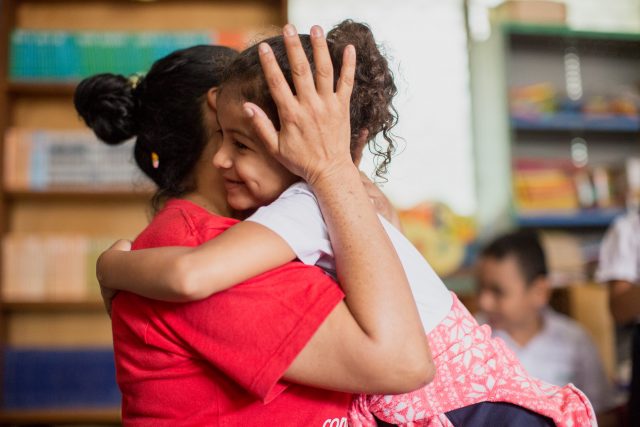
Violence can be prevented by creating supportive environments for the development of children. When a child is physically or verbally abused, she is more likely to replicate the same behavior in the future. On the other hand, a child who lives with praise learns to appreciate others. In this sense, teachers can actively contribute to peace, celebrating student achievements, however small they may be. Students with behavioral disorders who receive constant praise in school, overcome difficulties more easily. Through words of affirmation, teachers can contribute to eradicating violence today and tomorrow.
5. Be an example of tolerance
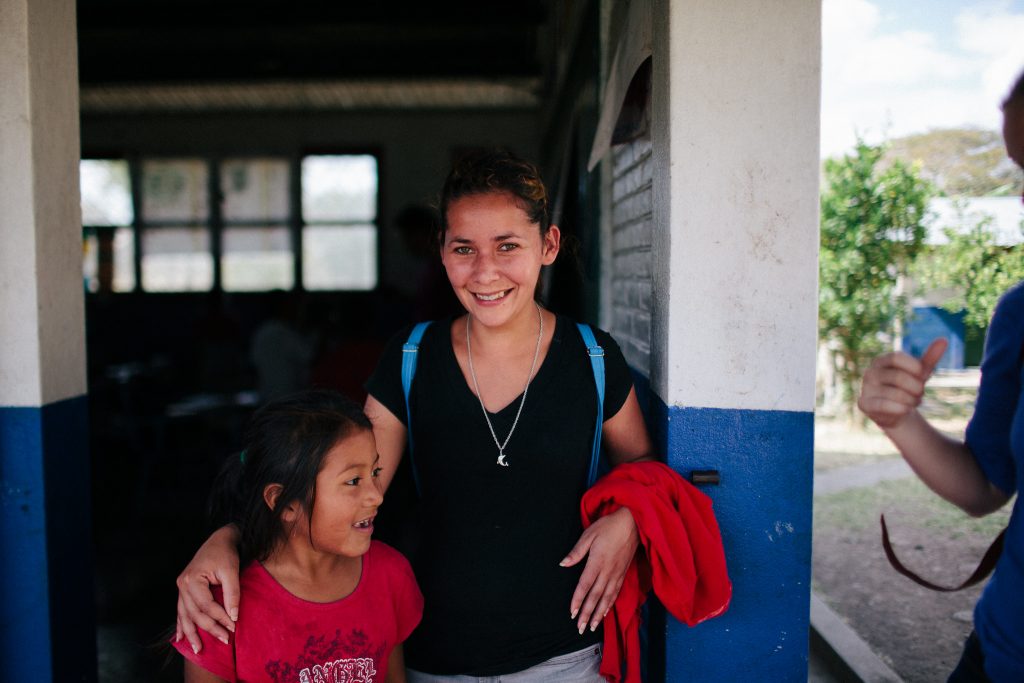
Teaching by example has always been the most effective educational methodology. Observation is a function of intelligence, through which children acquire physical and social knowledge. Children absorb information from what they see and sooner rather than later, they will replicate the behaviors of the people around them. For this reason, at all times, teachers must maintain a position of openness to differences. Repressing adverse thoughts is the most obvious symptom of intolerance. It is important to remember that tolerance means to respect the opinions and practices of others. Tolerance is a crucial element in ending violence and teachers have a responsibility to put it into practice for the common good.
On International Day of Peace, make a difference by sharing this publication to raise awareness about the important role of teachers in the eradication of violence. With quality education, countries in conflict, like Nicaragua, can create a culture of peace.
“A child, a teacher, a book and a pen can change the world” – Malala Yousafzai
